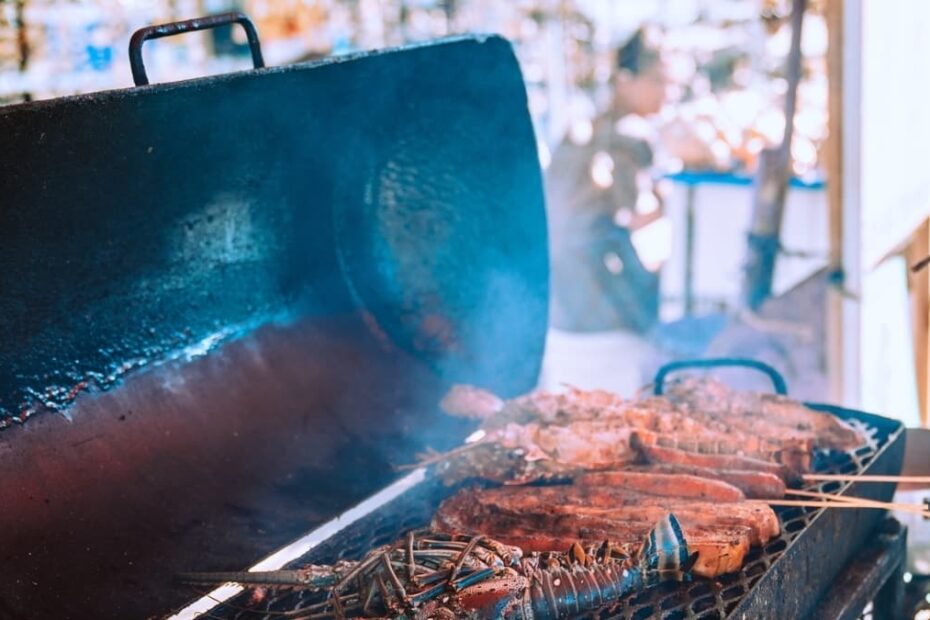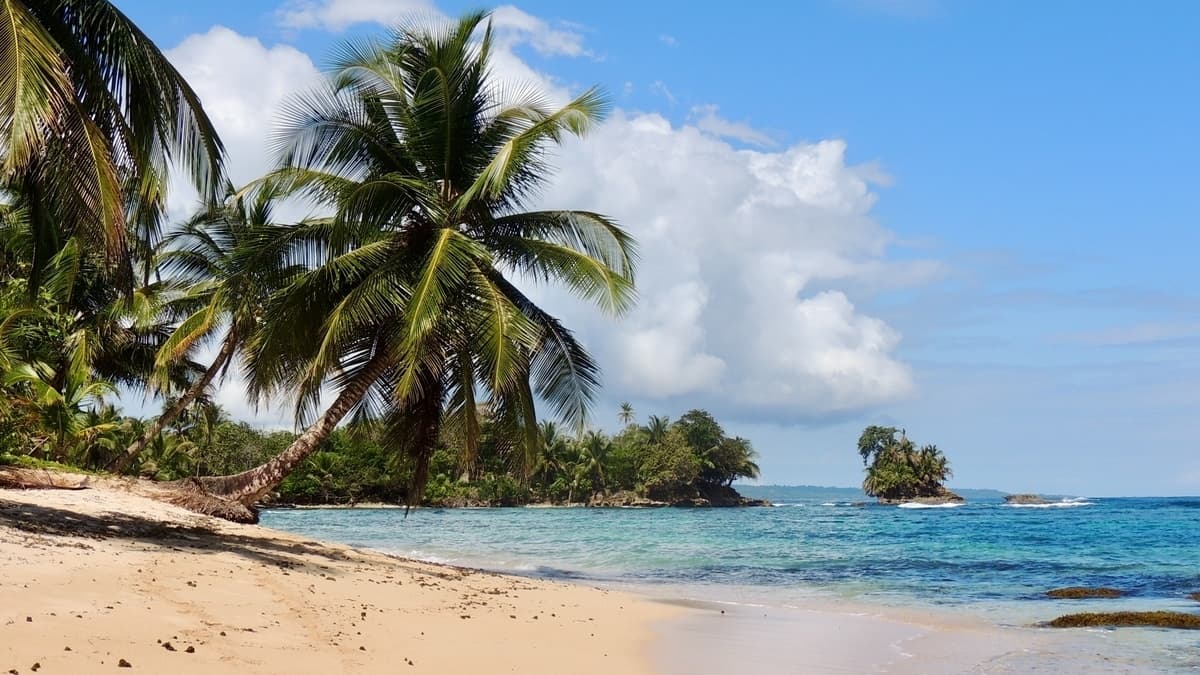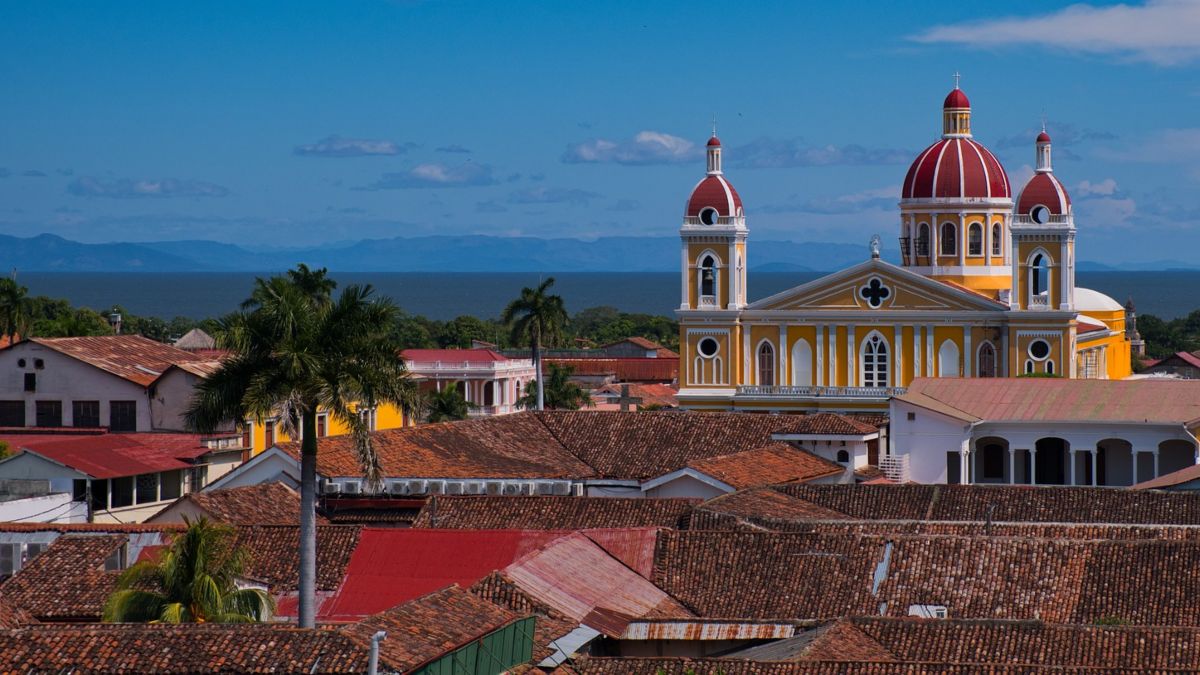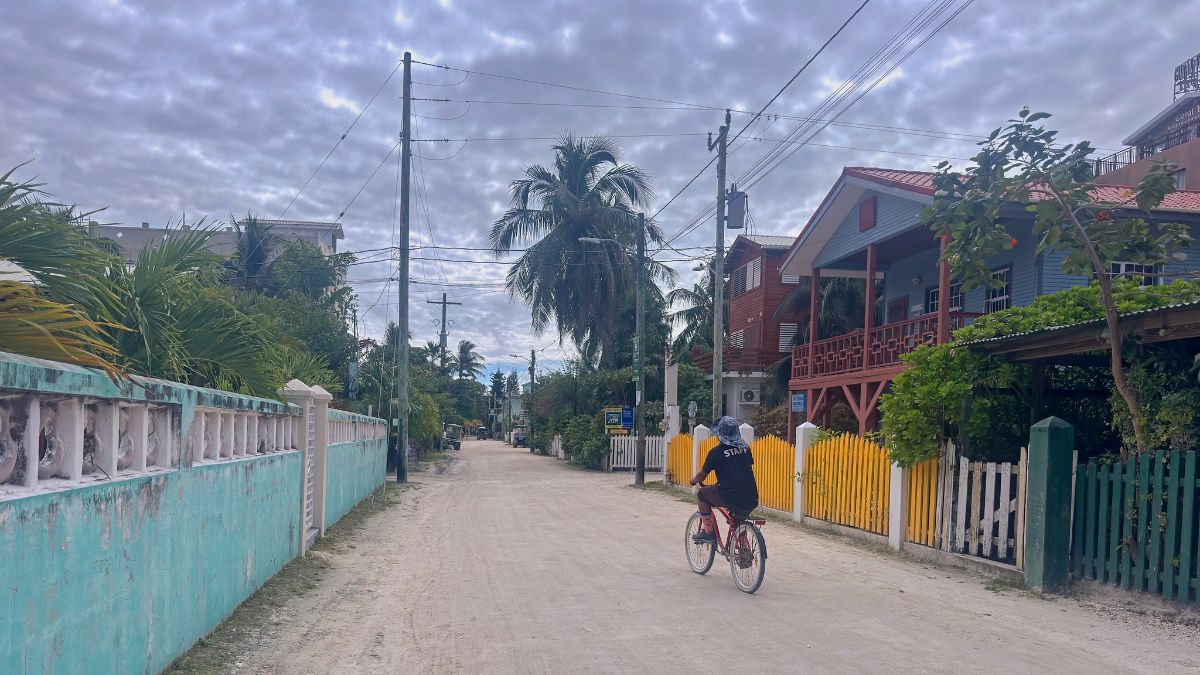Gary Peterson takes you on a journey to discover the mouthwatering flavors of the Belizean barbecue scene. This article contains links to Amazon, from which, as an Amazon Associate, this website will earn a small commission if you make any purchases. Visit our Affiliate Disclosure Page for more info.
I’m a barbecue fanatic and a purveyor of grills. Anyone who knows me will attest to this. Nothing pleases me more than a good cookout. When I arrived in Belize, I was delighted to find barbecues everywhere: in every town and village, roadside or in front of homes. The smells wafting from these black charcoal or propane tanks are intoxicating. Ask Belizeans where they eat most often, and they’ll likely answer: at the local barbecue favorite or in their front yard.
View this post on Instagram
The Reign of the Drum Grill
In Belize, the drum barbecue grill reigns supreme, made from old propane or butane tanks. A local welder cuts them in half, welds on hinges and a handle, adds four legs, and paints them black. Two factors contribute to the popularity of these grills: cost and rust resistance. Here on the Caribbean Sea, everything rusts. These cylinders last many years and cost only about $100 to replace. Alternatively, you can buy a fancy US-brand gas grill at Benny’s or other stores for around $600, but – mark my words – it will rust in a year or two.
As a barbecue enthusiast, I worried about the supply of pellets for my Traeger Smoker and Vision Grill/Smoker. My concern with the Vision was its use of lump coal, which I wasn’t sure I could find here. To my delight, I learned that lump coal is all they use, and they even produce it locally. Two years after moving to Belize, I bought a drum grill, bags of lump coal, and plastic bottles of lighter fluid. Fortunately, my wife was still in the States and didn’t witness my liberal use of starter fluid and the regrowth of my eyebrows. Soon, my chicken was no longer blackened, shriveled, and unrecognizable.
View this post on Instagram
Belizean Barbecue: The Local Fast Food
Belizean barbecue is our (much better) version of fast food. I’ve sampled fare from roadside barbecue stands from Placencia to Dangriga, Belmopan, Spanish Lookout, and Belize City. In many areas, almost every home has a small barbecue shack with a Coke sign out front. Without the presence of McDonald’s or Burger King in Belize, these barbecue stands are the local equivalent of fast food. Late morning brings out parents and children, firing up smoker grills and dragging out coolers. Soon, the aroma of chicken and beans fills the air. Many offer homemade giant flour tortillas with a choice of dark or white meat. Side dishes, usually coleslaw and potato salad, are always included. This delectable roadside feast generally costs less than ten bucks with a beer or soda.
Fried and grilled meat and poultry are common in Belize. Gibnut, iguana, wild boar, and armadillo are among the more unusual wild game found on many barbecue menus. Although typical roadside barbecue can be tasty, beware of surprises. Belizeans don’t waste any parts, and I’ve bitten into tamales to find a mouthful of chicken beak or foot!
View this post on Instagram
A Pirate’s Legacy in Belizean Barbecue
Our Belizean barbecues harken back to pirates gathered around barbecue spits, drinking rum, and swapping tales of the high seas. In fact, a major pirate faction populated much of early Belize as slave traders. When that trade ended, the pirate community switched to the plentiful lumber business for shipbuilding. The pirate spirit lives on, hovering over every well-used barbecue grill.
Gary Peterson lives on the Placencia Peninsula, Belize, where he writes books about Central America and the Caribbean. Read more of Gary’s work on his blog.




